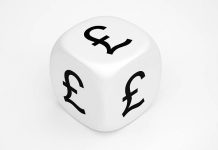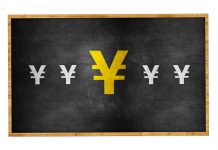The NFIB’s Small Business Optimism Index fell 3.3 points to 97.4 in March, coming in below market expectations for a smaller decline to 99.0.
Seven out of ten subcomponents deteriorated on the month, with the remaining categories roughly unchanged. The largest declines came from the share of businesses expecting the economy to improve (down 16 points to 21%), those expecting higher real sales over the next 6 months (down 11 points to 3%), and those reporting higher earnings in the current quarter (down 4 points to -28%).
The net share of businesses planning to increase employment fell 3 points to 12%, while the share of firms with unfilled job openings rose 2 points to 40%. Quality of labor concerns were unchanged in March, with 19% of business owners identifying this as their top business problem.
The net share of firms currently increasing employee compensation rose 5 points to 38% – the highest level in 9 months – while the net share planning to do so over the next three months rose 1 point to 19%. The share of businesses ‘raising’ average selling prices fell 6 points to 26% while the share of those ‘planning’ to raise average selling prices also rose 1 point to 30%.
Key Implications
Small business confidence has nearly fully retraced its post-election gain after falling for the past three months. Amid elevated uncertainty, expectations for the economy this year have deteriorated, weighing on the sales outlook and expansion plans. In addition, while concerns regarding inflation remain elevated relative to pre-pandemic levels, taxes have now overtaken it to be the number two concern after labor quality. With the 2017 Tax Cuts & Jobs Act due to expire at the end of the year, the impetus on Congress to pass their tax cut package, especially amid rising economic concerns, is growing.
On the inflation front, the share of firms planning to raise average selling prices hit a 12-month high. This may be in part driven by the spike in the share of firms raising wages in March, as the labor market remained tight through the first quarter, but expectations for input cost adjustments due to tariffs are also likely influencing future pricing plans. Fed Chair Powell noted last week that tariffs would likely lead to higher inflation, potentially complicating the Fed’s quest to restore price stability and providing an upside risk to interest rates.














